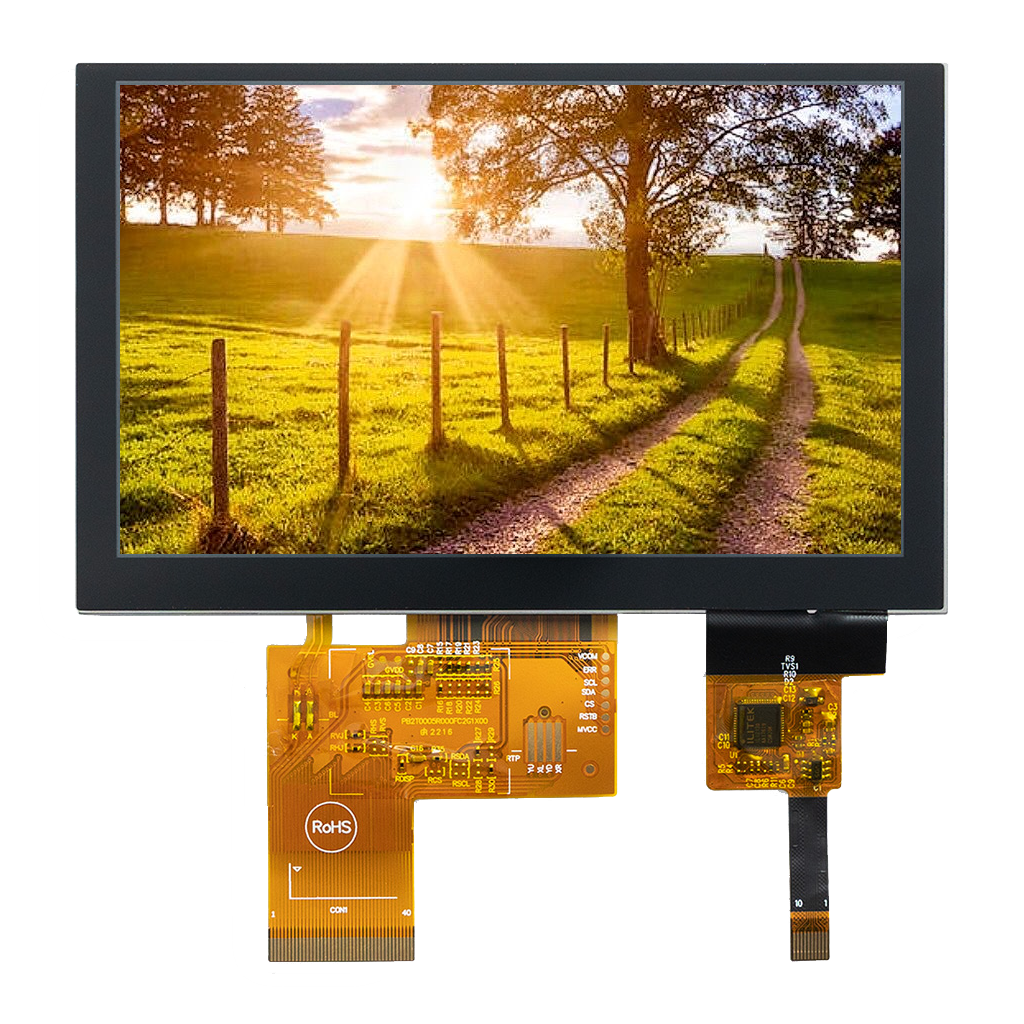
In the era of technological marvels, where every touch seems to invoke a response, capacitive touch screens stand at the forefront of human-computer interaction. From smartphones to interactive kiosks and beyond, these sleek, responsive interfaces have revolutionized the way we engage with technology. In this blog, let’s delve into the intricacies of capacitive touch screens, exploring how they work, their advantages, and their widespread applications.
Understanding Capacitive Touch Screens
At its core, a capacitive touch screen comprises layers of glass or plastic coated with a transparent conductor like indium tin oxide (ITO). This conductor stores electrical charge. When you touch the screen with your finger (or a capacitive stylus), it disrupts the screen’s electrostatic field, altering the capacitance at that point. This change is detected by sensors located at the corners of the screen, which then relay the information to the device’s controller.
The Advantages They Offer
- Multi-touch Capability: Capacitive touch screens enable multi-touch gestures, allowing users to pinch, zoom, rotate, and swipe with intuitive fluidity. This feature has become a staple in modern user interfaces, enhancing user experience and productivity.
- High Sensitivity and Accuracy: Capacitive touch screens boast high sensitivity, accurately registering even the slightest touch. This precision facilitates effortless interaction, reducing the likelihood of input errors.
- Durability: With no moving parts to wear out, capacitive touch screens are inherently durable. They can withstand millions of touches without compromising performance, making them ideal for devices subjected to heavy usage.
- Enhanced Clarity: Since capacitive touch screens rely on electrical conductivity rather than pressure, they can be constructed with a smooth, uninterrupted surface. This design minimizes distortion and preserves display clarity, delivering an immersive visual experience.
- Versatility: Capacitive touch technology is adaptable, compatible with various materials and form factors. From curved displays to edge-to-edge screens, manufacturers can incorporate capacitive touch functionality into a wide array of devices, fostering innovation and creativity.
Applications Across Industries
- Smartphones and Tablets: Perhaps the most ubiquitous application of capacitive touch screens, smartphones and tablets leverage this technology to provide seamless interaction, empowering users to navigate interfaces, play games, and communicate effortlessly.
- Interactive Kiosks and ATMs: Capacitive touch screens enhance self-service kiosks and ATMs, enabling users to complete transactions, gather information, and perform tasks autonomously with minimal instruction.
- Gaming Consoles: Gaming consoles integrate capacitive touch screens into their controllers, offering new avenues for gameplay and enhancing user immersion through tactile feedback and intuitive controls.
- Automotive Displays: In the automotive industry, capacitive touch screens feature prominently in infotainment systems, allowing drivers and passengers to access multimedia content, navigation services, and vehicle settings with ease.
- Medical Devices: From diagnostic equipment to patient monitoring systems, capacitive touch screens facilitate intuitive interaction in medical devices, streamlining workflows and improving the overall healthcare experience.
Looking Ahead
As technology continues to evolve, capacitive touch screens will undoubtedly evolve alongside it. Innovations such as haptic feedback, improved gesture recognition, and advanced materials will further enrich the user experience, unlocking new possibilities in human-computer interaction.
In conclusion, capacitive touch screens epitomize the seamless fusion of form and function, empowering users to interact with technology in ways once deemed unimaginable. With their precision, responsiveness, and versatility, these marvels of modern engineering continue to shape the digital landscape, bridging the gap between humans and machines with elegance and finesse.
Microtips Technology’s https://microtipsusa.com/ LCD touch screen display module can be tuned to work with any glove or stylus on the market. This is important for those in medical or industrial markets where users might wear rubber gloves while interacting with devices.
Microtips https://microtipsusa.com/ manufactures Capacitive and Resistive touch display to the highest standards, which means a more precise experience for users.
Microtips Technology: Innovative Solutions. Your Vision. Our Goal.
